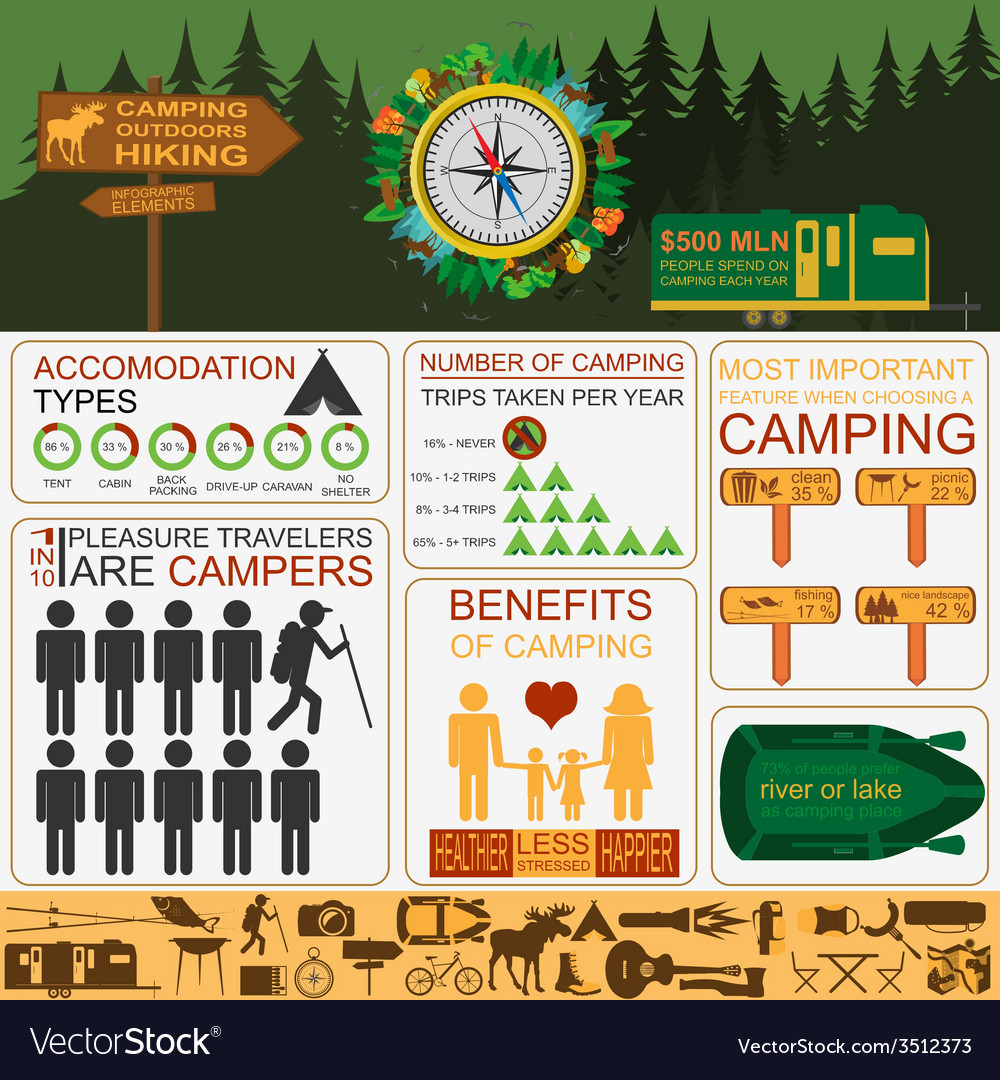Stove jacks are essential to secure outdoor tents oven use, keeping cold air, rainfall, snow, insects and even flammable combustible products out of the camping tent. But, they're not without their challenges. Keep reading to discover typical blunders campers make when suitable their stove jacks, and just how you can prevent them at your campground.
Product Compatibility
When purchasing a stove jack, make sure it is made from heat-safe products. The textile made use of to make the jack must additionally be durable and breathable, which will certainly assist to keep the camping tent warm and dry when it remains in usage.
Once you have actually located a cooktop jack that works with your tent, it's time to decide where you intend to install it. Usually, it's ideal to put the range in the center of the tent to aid maintain all locations warm and cozy, but it's important to stay clear of putting it directly up against a tent wall surface considering that this is a fire danger. Likewise, consider how easy it will certainly be to reach your cooktop when refueling and tidying up in the middle of the night.
Range jacks are pretty simple outdoor camping equipment, however they are extremely essential for securely utilizing a camping tent range in any climate condition. By putting in the time to select the correct dimension and properly install your stove jack, you'll be prepared for a comfortable camping experience!
Oven Pipeline Diameter
The dimension of your oven pipe is important to ensure proper airing vent and to avoid a fire hazard. A tiny diameter pipe will certainly work fine in a lot of camping tents, but a bigger one ought to be used with a heavier-duty canvas outdoor tents or a Tipi.
When it involves determining the ideal placement of your stove, the facility of the tent is frequently the most effective option. This will help maintain the entire outdoor tents warm while decreasing the capacity for smoke to leak around the sides. It also helps protect against heat from surprising from the range and right into combustible products like walls or ceilings.
When it involves wall and floor security, NFPA requires at the very least 36" of clearance from combustible wall surfaces. This can be decreased by utilizing a range guard and a single-wall stovepipe with a protected thimble (if entering into the ceiling, attic or roof covering). Constantly consult your woodstove producer's proprietor's handbook to learn more concerning proper setup.
Cooktop Pipe Size
Apart from not being straight up against the wall of the camping tent (where maybe a fire risk) there isn't truly an incorrect location for a cooktop jack. It's just a matter of choice, depending upon how simple it will certainly be to grab refueling and how close it will certainly be to the eco-friendly entrance of your outdoor tents.
However, if you install your pipeline as well way out from the stove, chilly air and rainfall will have the ability to blow in around the beyond the pipe. This isn't excellent, as it will make starting your cooktop and maintaining a great draft tough.
To determine how much flue pipe you'll need, determine the distance from where your tent's range will certainly sit to your chimney opening. After that deduct two inches because each area of pipe overlaps. The number you get is the quantity of pipeline you'll require to buy. The good news is, setting up cooktop pipelines isn't difficult and calls for very little devices.
